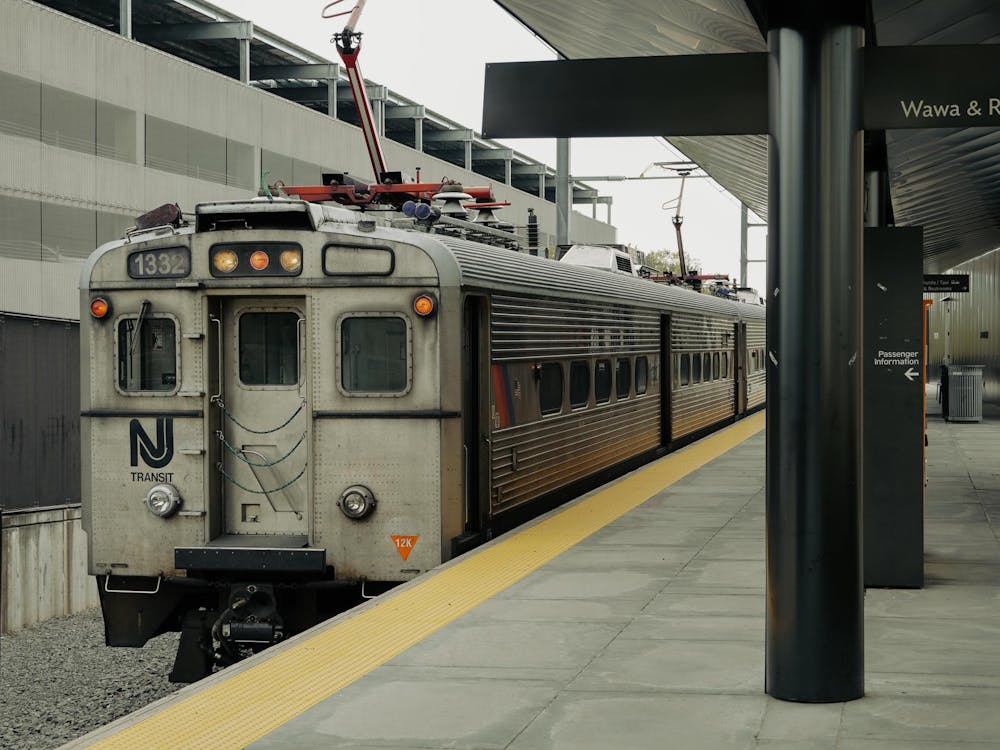A $1 million sculpture by renowned artist Richard Serra erected between Peyton and Fine halls in May has been the target of repeated graffiti attacks recently.
Vice President and Secretary Tom Wright '62 said the University is making plans to completely clean the sculpture, which stands about 15 feet tall and 80 feet long and is composed of three S-shaped steel plates. Public Safety has already attempted to remove some of the graffiti through sand blasting.
Public Safety Crime Prevention Specialist Barry Weiser said the graffiti attacks did not come as a surprise. A similar wall-like Serra sculpture in New York City also was plagued by graffiti until the structure was removed.
"[University officials] discussed this way back during the development of the structure," Weiser said.
In addition to the graffiti problem, the sculpture — which is titled "The Hedgehog and the Fox" — has attracted its fair share of attention since its arrival on campus from Germany one year ago, stimulating debate between University officials and the astrophysics department.
The location of the structure had been a cause for concern, Wright said. At the end of last year, Wright held several meetings with faculty members who worked in buildings near the planned placement site. "A number of points of views were represented," Wright said.
Astrophysics professor Bruce Draine, who spoke on behalf of the department in the discussions with Wright, said he was upset that the physical planning office initially had decided to place the sculpture on the pavement path across from the main entrance to Peyton.
Other members of the astrophysics department also expressed concern that placing the sculpture in front of Peyton would detract from the architectural merits of the building, he said.
"To have dropped this steel wall directly in front of it would have been highly inappropriate," Draine said. "We proposed that the structure be sited somewhere else."
Because of these concerns, the sculpture was erected about 20 yards west of its originally planned site.
Initially, University officials also feared that without adequate lighting, the inside of the structure would be very dark at night, posing a safety risk for people who walked through the structure, Draine said.
But members of the astrophysics department worried that adding lighting for the sculpture would interfere with Peyton's two telescopes.

Though Princeton University Stadium — which is only yards away from Peyton — already emits a considerable amount of light, illuminating the Serra sculpture "could have interfered substantially," Draine said.
To address these concerns, the University opted not to add extra lighting for the sculpture. "The deeper we got into the issue, the more the conclusion was that it should not itself be lighted," Wright said. "The most important thing was to provide a lit pathway beside the sculpture."
Draine said he was satisfied with the University's decision about the lighting. "The University was responsive to our concerns in that respect," he said.







